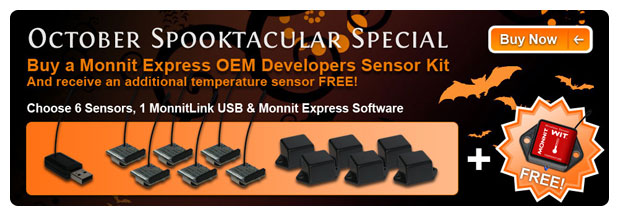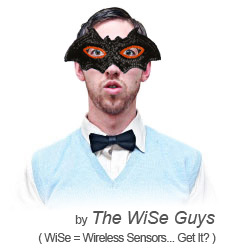|
Having trouble viewing this email? View it in your browser. |
||

|
||

|
||

|
||
|
|

Let's take a look in our Crystal Ball to see what the future holds at Monnit? If we look carefully into our crystal ball we can see a humidity sensor on the horizon. Monnit's humidity sensor is a relative humidity sensor, so it measures both air temperature and moisture. Relative humidity is expressed as a percent, giving you the ratio of actual moisture in the air relative to the highest amount of moisture the air at that temperature can hold. This sensor will work great for server rooms, commercial and residential HVAC systems, green houses or even help you predict the weather. Keep your eye on the crystal ball and this sensor will be here before you know it! |
by The WiSe Guys

Are you on the right frequency? When selecting a wireless sensor network there are few things you should consider to ensure that you are selecting the right frequency for your specific needs. Radio Strength Over Distance Obstructions to Radio Signal Radio Frequency Congestion Monnit's 900MHz and upcoming 868MHz wireless sensor networks provide a high performance, low power (and extremely low cost) alternative to similar products in the 2.4GHz space. When deploying these networks in North & South America (900MHz) and the EU (868MHz), these products can be used without any additional government approvals. |

All trademarks are property of Monnit. © 2010 Monnit Corp. All Rights Reserved.
Monnit Corporation / ph 801-561-5555 / www.monnit.com







